
Study Time: 3minutes
Understanding Mathematical Notation: The Language of Numbers
Mathematical notation, the system of symbols and signs used in mathematics, is a language in its own right. It’s a language that has evolved over centuries, borrowing from various cultures and adapting to the needs of complexity and precision in mathematical expression. This article aims to demystify the often-intimidating world of mathematical notation by exploring its origins, development, and fundamental components.
Historical Development of Mathematical Notation
The journey of mathematical notation begins in ancient civilizations. Early mathematics, like that of the Egyptians and Babylonians, used rudimentary symbols etched on clay tablets or papyrus. The need for more complex expressions led to the development of a more sophisticated system of notation. The Middle Ages saw a gradual shift with the introduction of the Hindu-Arabic numeral system, which replaced the cumbersome Roman numerals. In the 16th and 17th centuries, figures like René Descartes and Isaac Newton revolutionized mathematical notation by introducing the Cartesian coordinate system and calculus notation, respectively.
- Ancient Beginnings: The earliest mathematical notations were simple tally marks, as seen in bone carvings from prehistoric times. The Egyptians and Babylonians later developed more complex systems, using symbols to represent numbers and basic operations.
- Greek Contributions: The Greeks, including mathematicians like Euclid and Pythagoras, introduced geometric notations and the concept of mathematical proof. However, their number system was still relatively cumbersome.
- Hindu-Arabic Numerals: The introduction of Hindu-Arabic numerals, including the concept of zero, revolutionized mathematical notation. This system, which originated in India and was brought to Europe through Arab scholars, is the basis of the number system used globally today.
- Renaissance and Beyond: The Renaissance saw significant advancements. Algebraic notation began to take shape with mathematicians like François Viète and René Descartes, leading to the system of representing unknowns and equations as we know today. The development of calculus by Newton and Leibniz further expanded mathematical notation, introducing concepts like differentiation and integration.
The Alphabet of Mathematics
Today’s mathematical notation is a rich tapestry of symbols. It includes:
- Numbers and Operations: The most basic elements, including numbers, and fundamental operations like addition (+), subtraction (-), multiplication (× or ·), and division (÷ or /).
- Algebraic Symbols: Variables (like x, y, z) represent unknown values or quantities. Equations and inequalities are formed using equals (=) and inequality signs (>, <, ≤, ≥).
- Geometric Notation: This includes symbols for angles, lines, and shapes. Greek letters like theta (θ) often represent angles.
- Calculus and Analysis: Symbols for limits (lim), integrals (∫), derivatives (d/dx), and summations (Σ) -in statistics and probability- are crucial in advanced mathematics.
- Special Constants and Operators: These include π (pi) for the ratio of a circle’s circumference to its diameter, e for the base of natural logarithms, and i for the imaginary unit.
Role in Modern Mathematical Education and Research
- Learning and Communication: Understanding mathematical notation is crucial in education, as it is the primary language of instruction and communication in mathematics.
- Research and Development: In research, mathematical notation provides a universal and concise language for expressing complex ideas and discoveries. It’s essential in fields ranging from pure mathematics to applied sciences like computer science, physics, and economics.
- Technological Integration: With the advent of computers, mathematical notation has found new roles. Programming languages and software for mathematical computation often rely on or mimic traditional notation, while also extending it.
- Future Prospects: The ongoing development of mathematical notation, especially with the advent of digital technology, suggests its evolving nature. Future advancements may include more intuitive ways to represent complex mathematical concepts, possibly influenced by artificial intelligence and machine learning.
Mathematical notation is more than a mere collection of symbols; it’s the backbone of mathematical communication, providing a clear and concise way to express complex ideas. It’s not static; it is a dynamic, evolving language that mirrors the development of human thought and technological progress and the unending quest to understand the universe through the language of mathematics.
Math Notation vs Math Notion
The terms “notation” and “notion” in mathematics, though they may sound similar, refer to quite different concepts. Understanding the distinction between these two is important for anyone studying or engaging with mathematics at any level.
- Mathematical Notation:
- What It Is: Think of mathematical notation as the alphabet and grammar of mathematics. It’s the collection of symbols and signs used to write down mathematical ideas. Just like we use letters and punctuation to write words and sentences in English, we use mathematical notation to write numbers, operations, and relationships in mathematics.
- Example: When you see “2 + 2 = 4,” this is mathematical notation. The numbers (2 and 4) and the symbols (+ and =) are all part of this notation system.
- Mathematical Notion:
- What It Is: A notion is a concept or an idea in mathematics. It’s what you’re thinking about or working with. It’s not about the symbols you use to write it down; it’s about the idea itself.
- Example: When you think about the idea of a “circle,” you are dealing with a notion. A circle is a shape with all points the same distance from a center point. This definition and the idea it represents is a mathematical notion.
So, in summary:
- Math Notation is about how you write something in mathematics.
- Math Notion is about the ideas and concepts in mathematics.
If you were talking about language instead of math, “notation” would be like the letters and punctuation (like A, B, ?, or !), while “notion” would be like the ideas or topics you talk about (like love, freedom, or happiness).
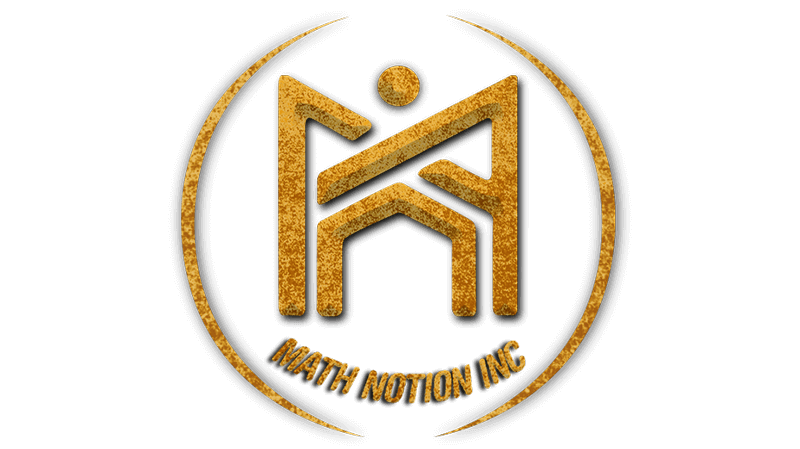
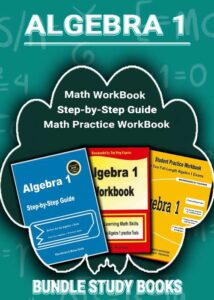
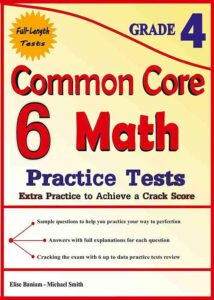
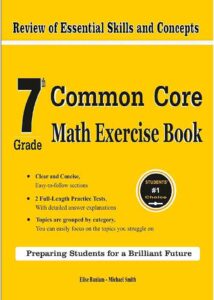
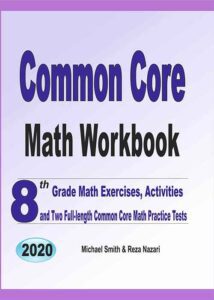
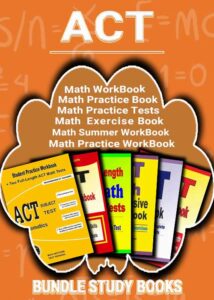
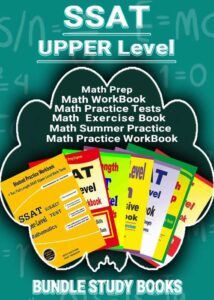
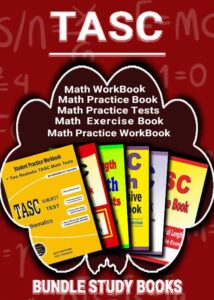
3 thoughts on “Understanding Mathematical Notation: The Language of Numbers”
I am actually delighted to glance at this website posts which includes plenty of valuable data, thanks for providing such statistics.
Have a look at my webpage; https://casinoapp.Webgarden.com/
Aw, this was a very nice post. In idea I want to put in writing like this moreover – taking time and actual effort to make a very good article… but what can I say… I procrastinate alot and under no circumstances appear to get one thing done.
Ӏ do trust all of the ideas you have introduced for your post.
They are very convincing and can definitely work.
Still, thе ⲣosts are too short for novices. Could you please
extend them a bit from next time? Thanks for the
post.